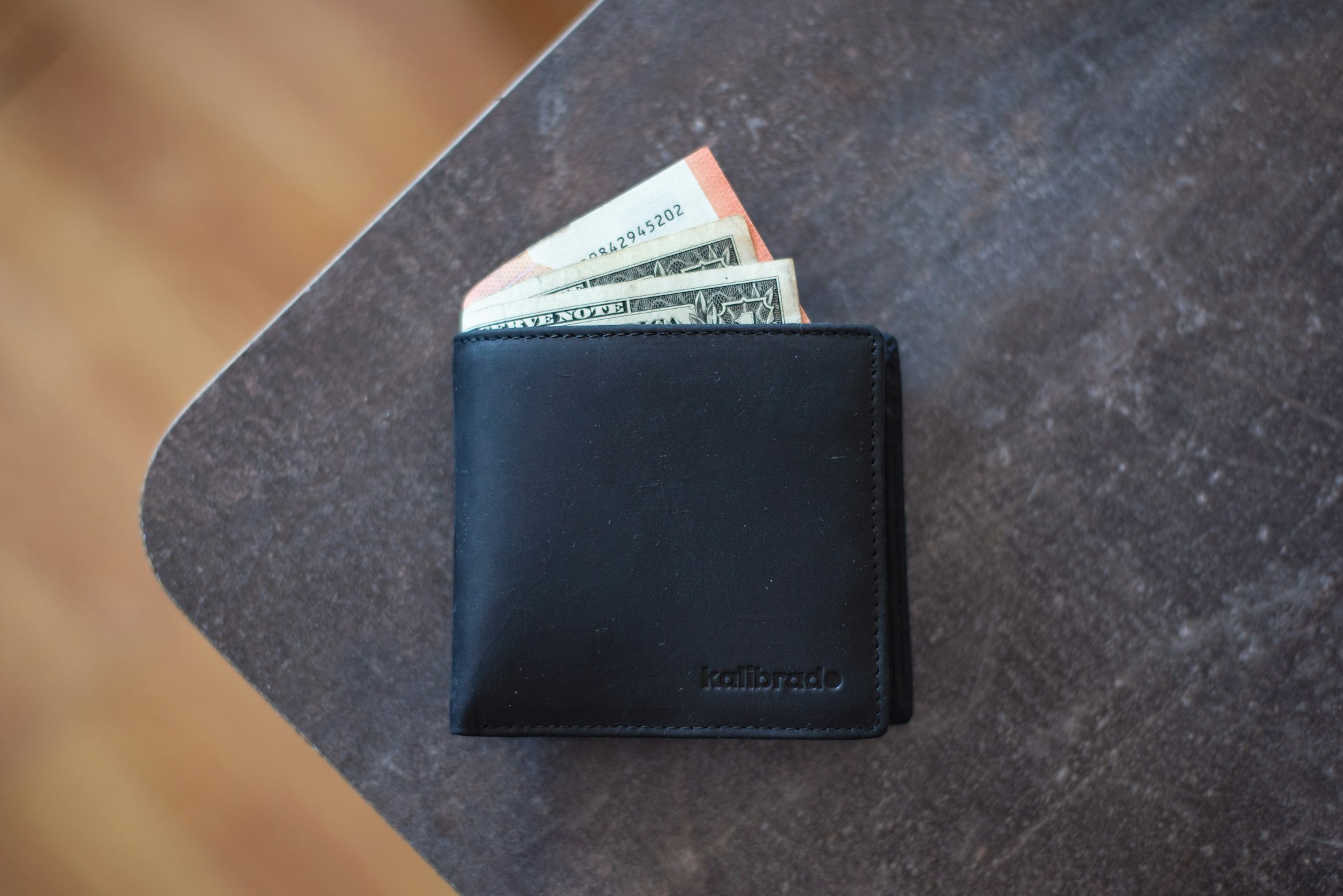Bond Equivalent Yield Calculator
Calculate bond durations efficiently with our Bond Duration Calculator. Accurately compute Macaulay Duration and Modified Macaulay Duration in seconds.
Bond Equivalent Yield Formula
Bond Equivalent Yield (BEY) = ((Face Value - Bond Price) / Bond Price) * (365 / Days to Maturity)
Explanation of Bond Equivalent Yield (BEY)
The Bond Equivalent Yield (BEY) is a standardized way to calculate the annual yield of a bond that does not pay interest annually. It allows investors to compare bonds with different compounding periods, such as semi-annual or quarterly, on an annualized basis. This is especially useful when evaluating short-term investments like Treasury bills, which often have maturities of less than a year.
BEY provides a way to express the yield as if it were earned annually, making it easier to compare bonds with other types of investments. Unlike the Yield to Maturity (YTM), which assumes reinvestment of coupons, the BEY focuses on the return over a single period, giving a clearer picture of the return in cases where reinvestment is not considered.
In short, BEY is an essential tool for bond investors who want to make apples-to-apples comparisons between bonds with different interest payment schedules.
How BEY Differs from Other Yield Measures
The Bond Equivalent Yield (BEY) provides a way to annualize the yield of a bond, particularly useful for short-term bonds like Treasury bills. It differs from other yield measures like Yield to Maturity (YTM), Current Yield, and Effective Annual Yield (EAY) in key ways:
- Yield to Maturity (YTM): YTM calculates the total return an investor can expect if the bond is held until maturity, considering both interest payments and capital gains or losses. BEY, on the other hand, focuses only on the current period without assuming reinvestment of coupon payments.
- Current Yield: Current Yield looks at the annual coupon payments relative to the bond's current price, but it doesn't account for the bond's maturity. BEY takes the bond's discount to face value and days to maturity into account.
- Effective Annual Yield (EAY): EAY adjusts for the effect of compounding throughout the year, whereas BEY simply annualizes the yield based on a 365-day year without adjusting for compounding.
Overall, BEY is more appropriate for comparing short-term or discount bonds with other investments, whereas YTM and EAY are better suited for long-term bonds where coupon reinvestment and compounding need to be considered.
Practical Uses of BEY
Bond Equivalent Yield (BEY) is a valuable tool for investors who need to compare the yields of bonds with different compounding periods or short-term bonds with non-bond investments. Here are some common uses:
- Comparing Treasury Bills: BEY is often used to compare the returns on short-term Treasury bills, which don’t pay periodic interest but are sold at a discount to face value.
- Evaluating Discount Bonds: Investors use BEY to evaluate bonds purchased at a discount to face value, helping them determine if the yield is competitive with other interest-bearing investments.
- Investment Portfolio Decisions: BEY can help bond investors compare their fixed-income returns with other investments like stocks or mutual funds, making it easier to allocate funds based on returns.
By converting bond yields to an annualized basis, BEY simplifies the comparison of different bonds, especially when maturity dates and payment schedules differ.
- Struggling to Save? Try These 10 Money-Saving Hacks
- 13 Best Financial and Investment Calculators
- Mastering the Art of Frugal Living: A Comprehensive Guide to Smart Shopping
- A Comprehensive Collection of Investing and Financial Books
- The Ultimate List of Investing Podcasts
- Strategic Investing: Why You Should Look Beyond the Stock Market Celebrities
- The Harsh Truth About Dividend Investing
- Where to Buy Domains: Finding the Best Deals
 The AI Gold Rush: Navigating the Thin Line Between Innovation and Overvaluation in Business
The AI Gold Rush: Navigating the Thin Line Between Innovation and Overvaluation in Business- Sweet Dreams: 7 Smart Sleep Investments for a Restful Night.









